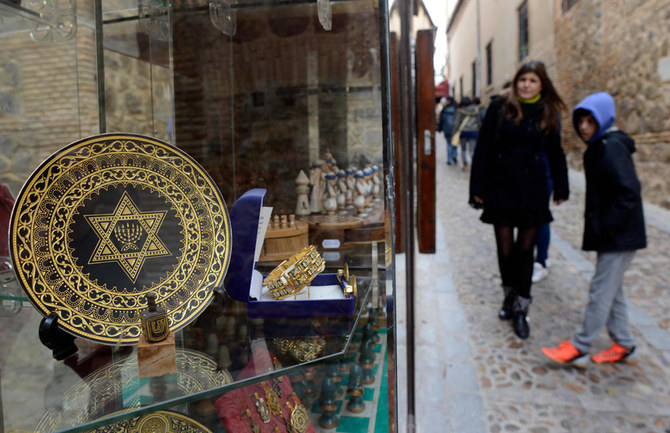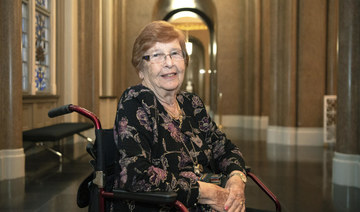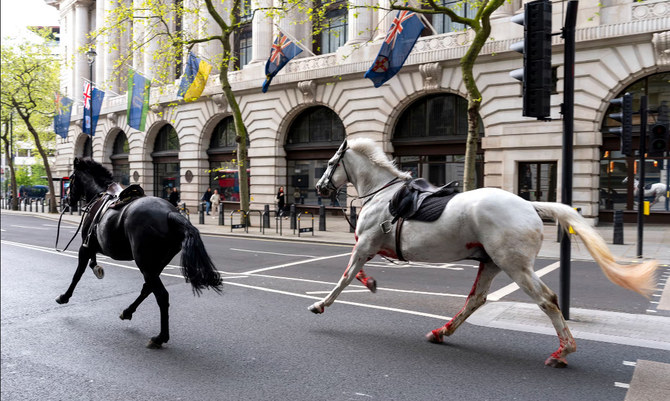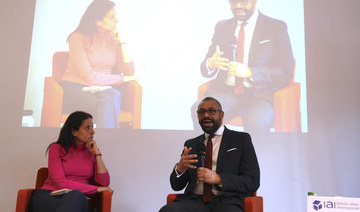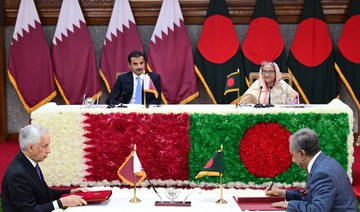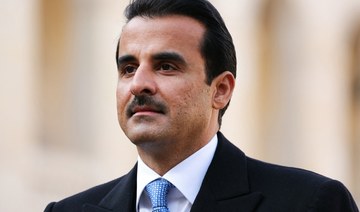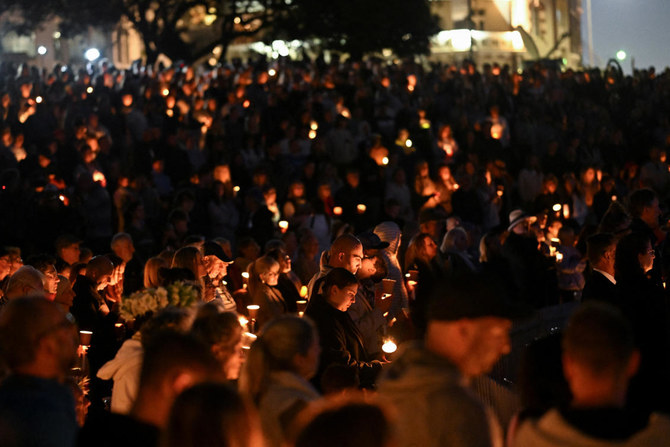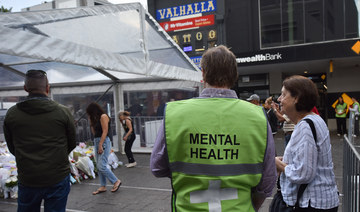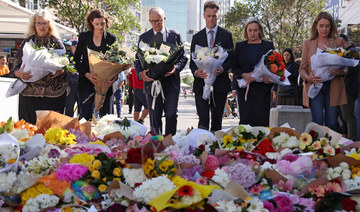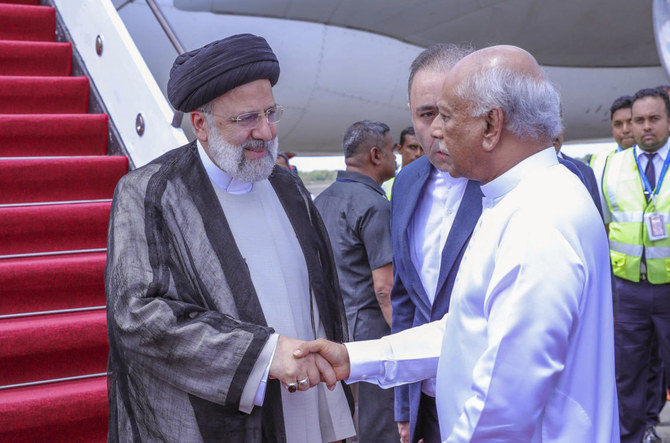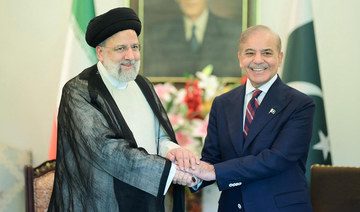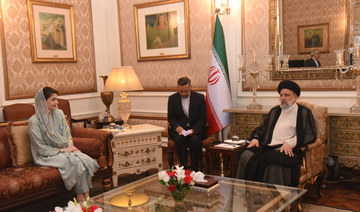MADRID: More than 500 years ago, they faced a bleak choice: convert to Catholicism or be burned at the stake. The only other option was exile.
For Jews living in Spain at the time, 1492 was a year burned into historical memory when their community of at least 200,000 people were forced into exile.
Now, more than five centuries later, over 132,000 of their descendants have taken advantage of a limited-term offer of Spanish nationality that expired on Monday.
It is a long, complex and costly process involving a lot of paperwork. So far, only 6,000 people have been granted citizenship under the scheme.
The law, which was passed by parliament in October 2015, sought to address what the government has described as a “historic mistake” by King Ferdinand and Queen Isabella.
Known as Sephardim — the Hebrew term for Jews of Spanish origin — many of the exiles fled to the Ottoman Empire or North Africa and later to Latin America.
Under the legislation, those able to prove their Jewish heritage and their “special connection” to Spain were able to apply for citizenship, with the justice ministry saying it received 132,226 applications.
More than half of them were filed in the past month, when the ministry received some 72,000 applications.
“They said you didn’t need a lawyer but without one, it would have been impossible,” said Doreen Alhadeff, a resident of Seattle who obtained Spanish nationality for herself and two grandchildren.
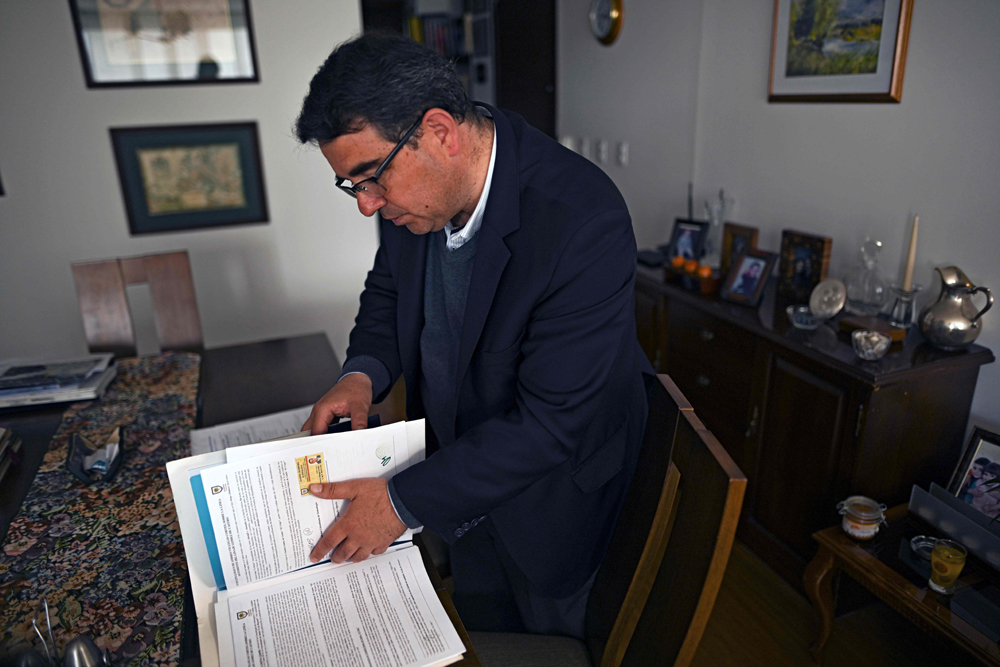
Colombian Andres Villegas — a Catholic who has a Sephardic Jewish ancestor — looks into documents during an interview in Bogota, on September 30, 2019. (AFP / Juan Barreto)
Like all applicants, she had to provide proof of her Sephardic origin. This can be done through genealogical documents or through the local Jewish community.
Those documents then had to be taken personally to Spain to be approved by a local notary — a process Alhadeff says cost her around $5,000.
“I felt they had taken something important away from my family, and I wanted to get it back,” said the 69-year-old.
She remembers while growing up hearing Ladino, a 15th-century language fusing Hebrew and Spanish that is still spoken by Sephardim today.
Others are still waiting to see if their application will be accepted.
Among them is the French writer Pierre Assouline, who has written many books, including one about his Sephardic origins entitled: “Return to Sepharad” — Hebrew for Spain.
He filed his application nearly four years ago, along with a letter from Spain’s King Felipe VI — but the process is taking longer than expected.
“It’s surprising and disappointing,” he said.
Most applications came from Latin America, with around 20,000 from Mexico, 15,000 from Venezuela and 14,000 from Colombia, the justice ministry said. Another 4,000 came from Argentina and 3,000 from those in Israel.
“We knew since the start that it was going to be a law with some complications regarding the means of proof,” admitted Miguel de Lucas, head of Madrid’s Centro Sefarad, a meeting place for Jewish communities in the Spanish capital.
But, he added: “It’s better to have a law with some complications than no law at all.”
Maya Dori, an Israeli lawyer who has lived in Spain for 17 years, has been deeply involved in the process, helping about 500 people from countries as far apart as Uruguay, Panama, Costa Rica, England and Turkey.
In helping people track down their ancestry, she had seen many “going on a personal journey, reconnecting with their roots and discovering many things about their families.”
In her own case, it took seven years to get citizenship under a previous law dating back to 1924.
Unlike the recent legislation, applicants under that law had to relinquish any other citizenship and were required to live in Spain.
It is not only an attachment to historical ancestry that has provided a draw, says Gonzalo Manglano, head of the Cervantes Institute in Istanbul.
He points to the lure of a European passport for those from countries like Turkey.
“Both things carry a lot of weight,” he said.
Although those applying under the new law did not have to be practicing Jews, they needed to pass a Spanish language test as well as answering questions on Spain’s culture and society.
A similar scheme is running in Portugal which does not require a language exam.
Isaac Querub, president of Spain’s Federation of Jewish Communities (FCJE), hailed the legislation as a success, saying the Sephardim could no longer be thought of as “stateless Spaniards.”
“Thousands of Sephardim have reclaimed their Spanish nationality and thousands more are in the process of doing so. Spain has closed a historical wound with an enduring act of justice,” he said in a statement.
“Spain, as the King (Felipe VI) said (in 2015), has missed them and the Sephardim will never forget that.”





